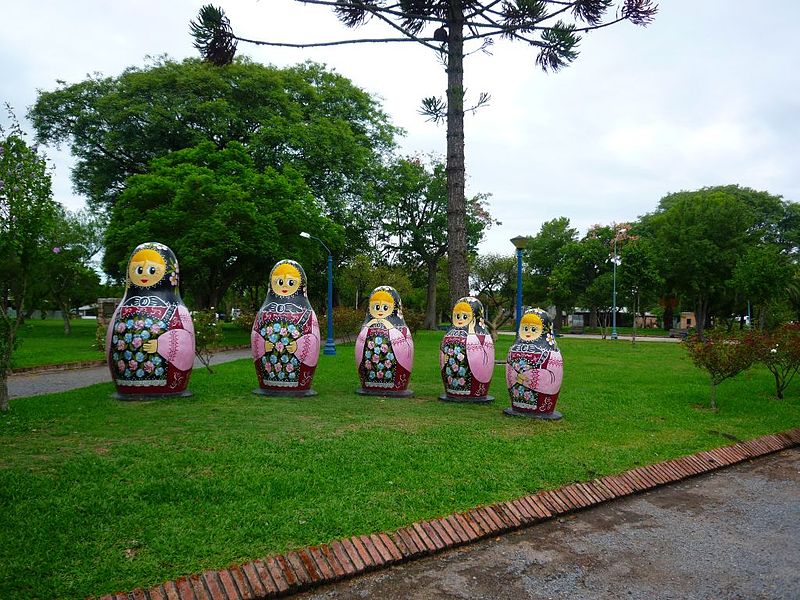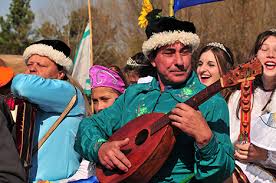Photo credit: Louis Lalaguna / ru.wikipedia.org (CC BY-SA 3.0)
San Javier, Uruguayan city founded in the last century by Voronezh region immigrants, plans to get the status of a tourist site, RIA Novosti reports. According to Washington Laco, the mayor of the city, first they have to achieve the World Tourism Organization (WTO) recognition.
It is the only city in the Southern Hemisphere where the most of the population are Russian descendants. The first families of immigrants from Russia began arriving in Uruguay in 1913. They taught local residents to grow sunflower seeds and make sunflower oil. Thanks to them, theater and cinema hall were built in the city. Over the years, the settlers have preserved their culture, traditions and even gastronomic habits.
San Javier is unofficially called a “Russian city” because more than half of its inhabitants are descendants of Russians. The mayor noted that the status of a tourist site will help to popularize the local culture.
Russian dance Kalinka dance ensemble of San Javier includes children and adults who perform traditional Russian dances. They have performed at one of the Russkiy Mir Foundation assemblies. There is also a Russian choir.
Tourists like to visit San Javier for a local cuisine. Locals make barbecue, Russian style pies, dumplings and even Russian non-alcoholic drink kvass. There is a Russian restaurant called Na Zdorovye (For the Health), which serves traditional dishes and waiters are dressed in national costumes.
Russkiy Mir



